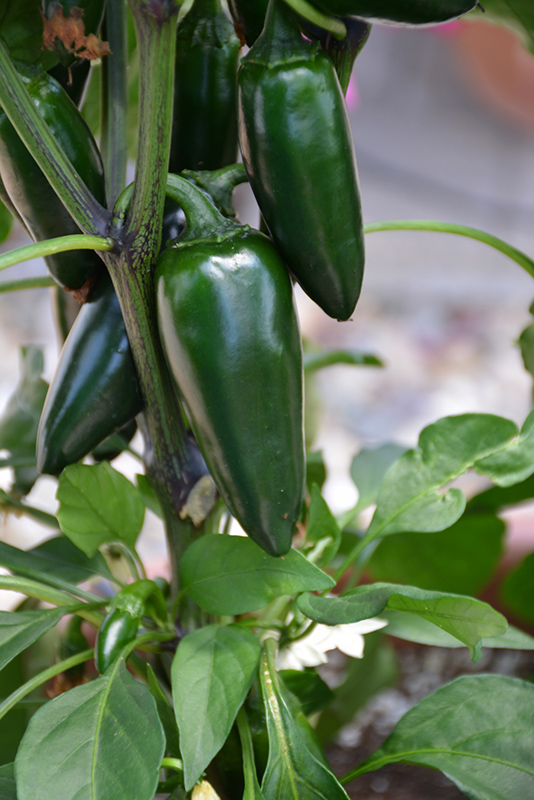Plant Finder
Yellow Crest Pepper
Capsicum annuum 'Yellow Crest'
Height: 20 inches
Spacing: 24 inches
Sunlight:
![]()
Hardiness Zone: (annual)
Group/Class: Sweet Tapered
Brand: Takii
Description:
A bright and cheery semi-upright variety producing large 7" fruit; emerges dark green and matures to yellow; peppers have a beautiful sweet taste; perfect for salads, stuffing and many other delicious dishes; good leaf canopy to prevent sun scalding;
Edible Qualities
Yellow Crest Pepper is an annual vegetable plant that is typically grown for its edible qualities. It produces large dark green oblong peppers (which are technically 'berries') which are typically harvested when mature. The fruit will often fade to red over time. The peppers have a sweet taste and a crisp texture.
The peppers are most often used in the following ways:
- Fresh Eating
- Eating When Cooked/Prepared
- Cooking
- Pickling
- Canning
Planting & Growing
Yellow Crest Pepper will grow to be about 20 inches tall at maturity, with a spread of 24 inches. When planted in rows, individual plants should be spaced approximately 24 inches apart. This vegetable plant is an annual, which means that it will grow for one season in your garden and then die after producing a crop.
This plant is typically grown in a designated vegetable garden. It should only be grown in full sunlight. It does best in average to evenly moist conditions, but will not tolerate standing water. It is not particular as to soil pH, but grows best in rich soils. It is somewhat tolerant of urban pollution. This is a selected variety of a species not originally from North America.
Yellow Crest Pepper is a good choice for the vegetable garden, but it is also well-suited for use in outdoor pots and containers. With its upright habit of growth, it is best suited for use as a 'thriller' in the 'spiller-thriller-filler' container combination; plant it near the center of the pot, surrounded by smaller plants and those that spill over the edges. Note that when growing plants in outdoor containers and baskets, they may require more frequent waterings than they would in the yard or garden.




